We may earn money or products from the companies mentioned in this post. This means if you click on the link and purchase the item, I will receive a small commission at no extra cost to you ... you're just helping re-supply our family's travel fund.
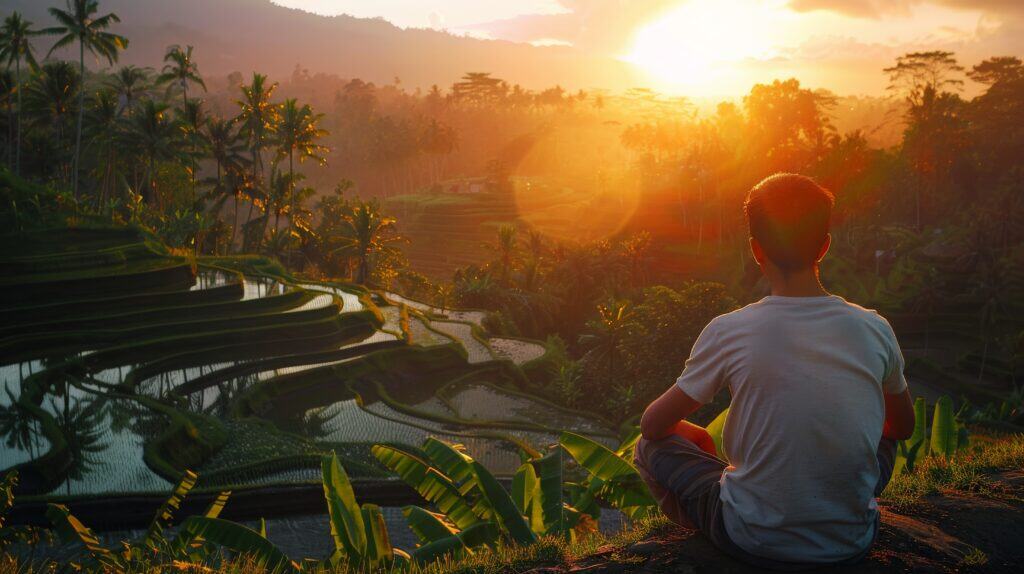
Travel can strengthen places or strain them. The most thoughtful destinations choose the first path, setting rules that protect ecosystems, fund culture, and keep benefits local. Visitors slow down, learn the rhythms of markets and tides, and leave lighter footprints. What this really creates is balance: livelihoods without depletion, beauty without erasure, and pride that survives peak season. From rainforests and reefs to mountain valleys and high desert, these places prove hospitality can be careful, generous, and future-minded at once.
Bhutan
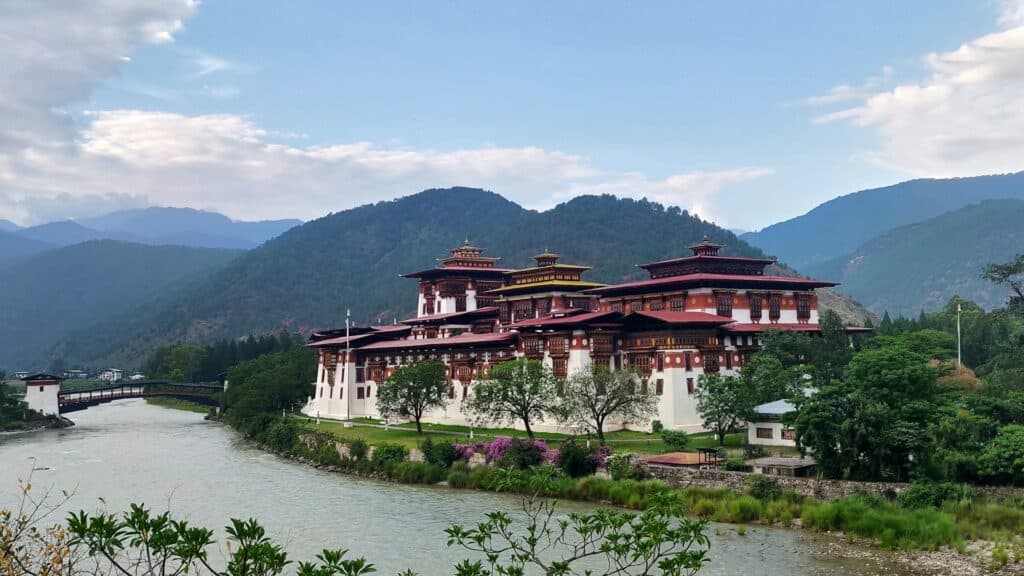
Bhutan’s high-value, low-volume model ties access to stewardship. The Sustainable Development Fee funds education, healthcare, and conservation, while licensed guides spread visits beyond a single valley. Heritage homes become small inns, trails link monasteries and farmsteads, and plastic bans keep riverbanks clean. Treks cap numbers, permits guard sacred sites, and community festivals set the calendar. Tourism doesn’t rush here; it circulates, paying for bridges, restoring murals, and keeping forest cover intact across steep, terraced hills.
Palau
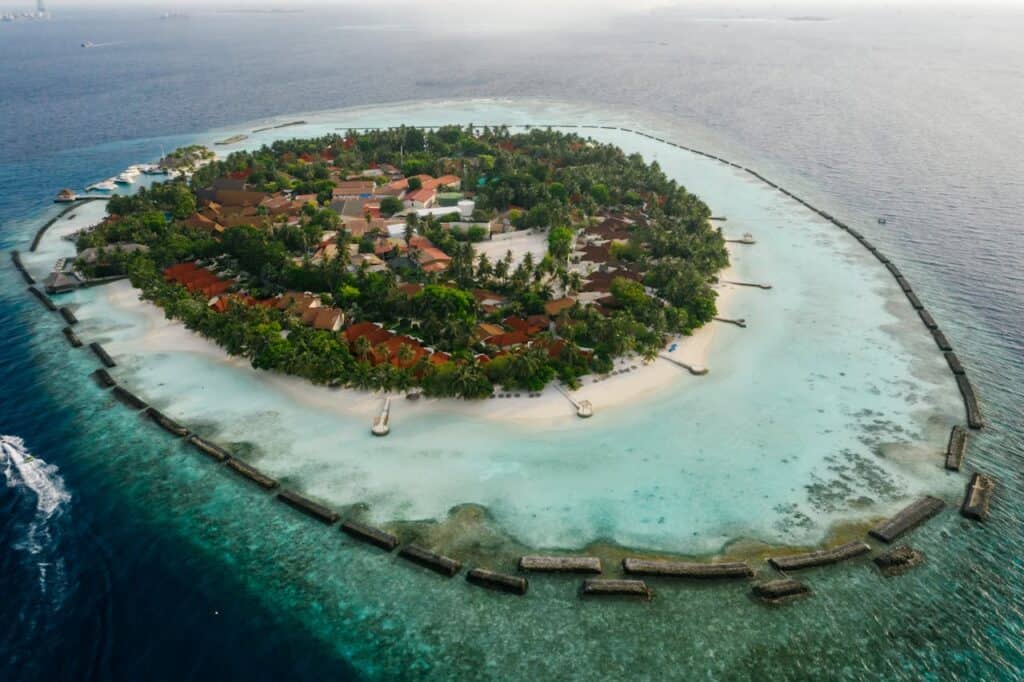
Palau welcomes guests with the Palau Pledge stamped into passports, asking respect for reefs, wildlife, and local customs. Vast marine sanctuaries limit extractive use, while mooring systems protect coral from anchors. Outfitters rotate sites, spread pressure, and brief snorkelers before fins touch water. Village homestays keep income close to shore, and bans on reef-toxic sunscreens face seawards, not headlines. The result reads underwater: healthier fish schools, quieter bays, and island families leading the work.
New Zealand
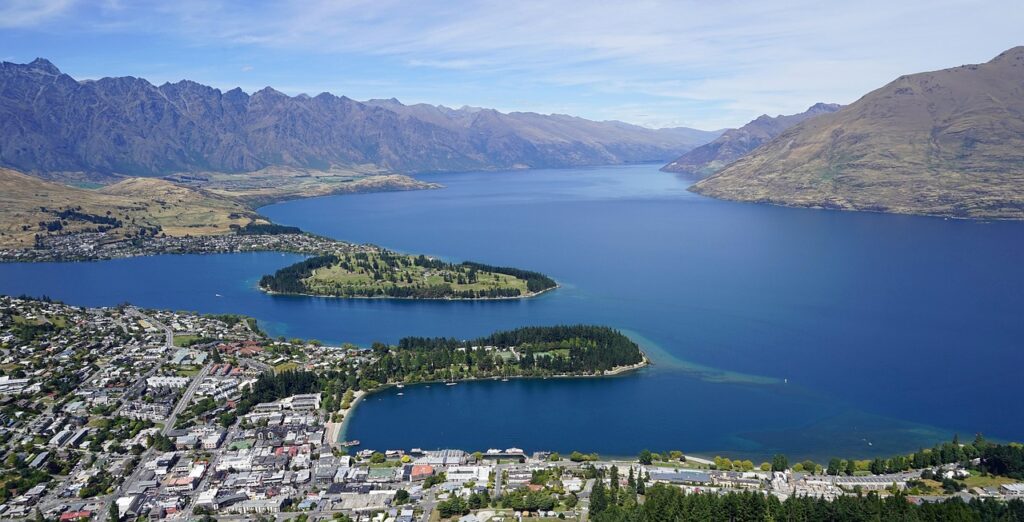
New Zealand’s Tiaki Promise gives travel a code: care for land, sea, and culture. Park rangers and iwi partners shape trails, hut bookings pace fragile routes, and predator-control projects turn tramping fees into habitat wins. Small towns host cycle trails that revive railside bakeries, while guides weave te ao Māori into daily itineraries. The tone is practical and proud. Fewer shortcuts, better signage, and steady reinvestment mean landscapes meet visitors on their own terms.
Slovenia
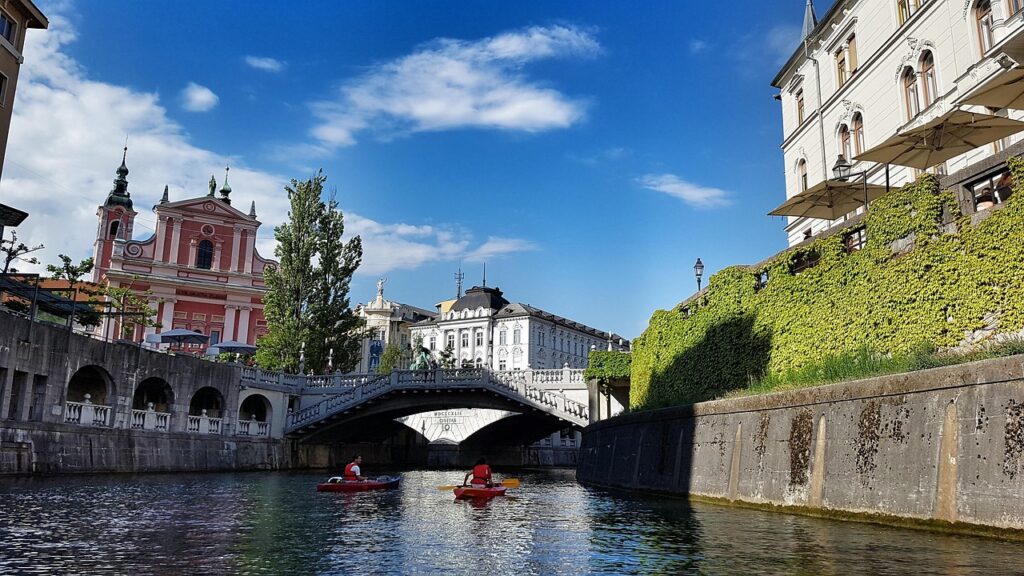
Slovenia’s nationwide “Slovenia Green” program rewards real progress, not brochures. Bohinj limits lakeside parking, funnels buses, and elevates farm stays that serve what fields can sustain. Wine hills certify biodiversity, while beekeeping routes tie tastings to pollinator health. In the Julian Alps, huts manage waste, mark paths, and pace climbing seasons. Cities recycle at scale, but the countryside sets the tone: short supply chains, clear water, and tourism that behaves like a neighbor.
Azores, Portugal
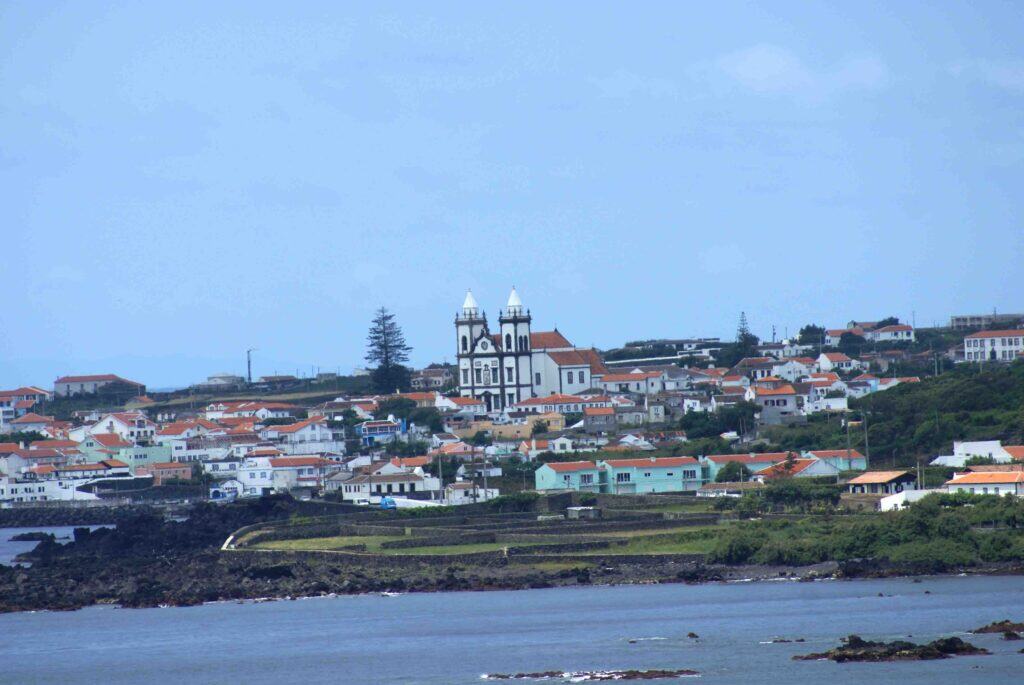
Mid-Atlantic islands treat nature as the main employer. Whale-watching codes keep distance and duration tight, skippers rotate sightings, and research rides along. Geothermal kitchens steam cozido underground, cutting fuel use while preserving flavor. Trails step lightly through hydrangea hedges and crater lakes, with signage steering feet from erosion-prone rims. Family-run quintas host farm stays that make breakfast an island lesson. The archipelago sells calm seas, clean plates, and science-backed restraint.
Rwanda
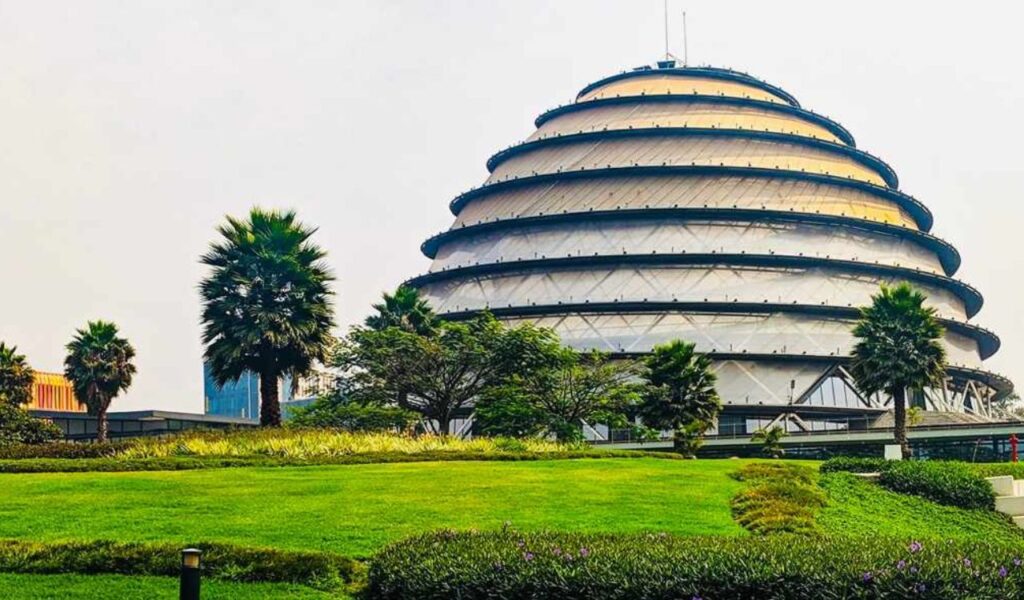
Gorilla tourism funds parks and villages together. Strict permit caps, mask rules, and small groups protect great apes, while a revenue share builds schools, water points, and roads nearby. Guides come from communities that once faced the forest as boundary, not asset, shifting incentives toward protection. Plastic-bag bans keep markets tidy, and national cleanups on the last Saturday set a civic rhythm. Conservation stops being charity and becomes infrastructure, paid for by careful access.
Costa Rica’s Osa Peninsula
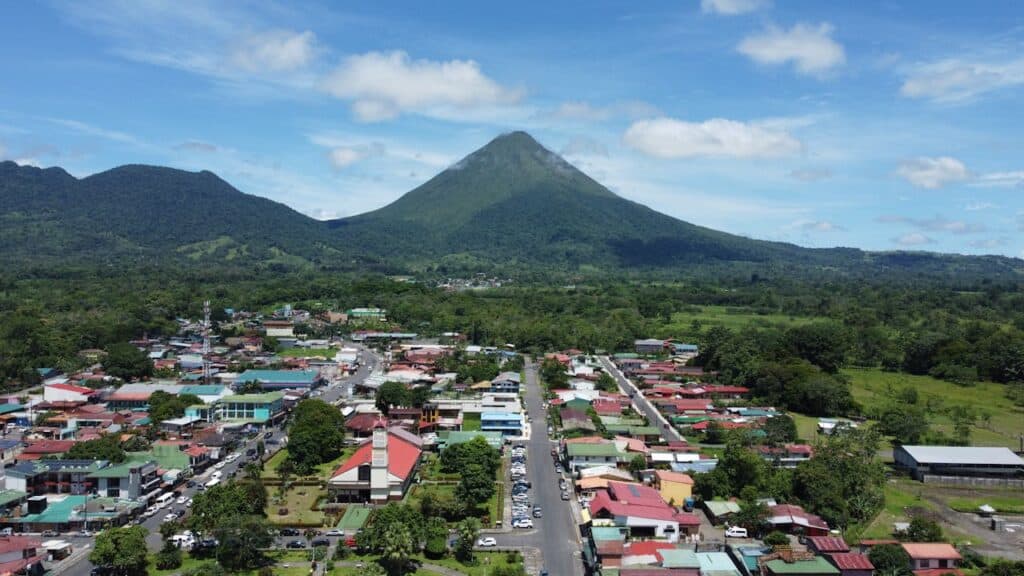
On the Osa, Corcovado National Park limits entries and insists on trained guides, turning every hike into a field course in coexistence. Small lodges run on solar, refill stations push out plastic, and corridor projects stitch forest between farms. Mangroves, scarlet macaws, and tapir tracks remain the draw because extraction lost the argument years ago. The economy works at forest speed: quiet, seasonal, and patient, with tourism underwriting the long game of trees.
Faroe Islands
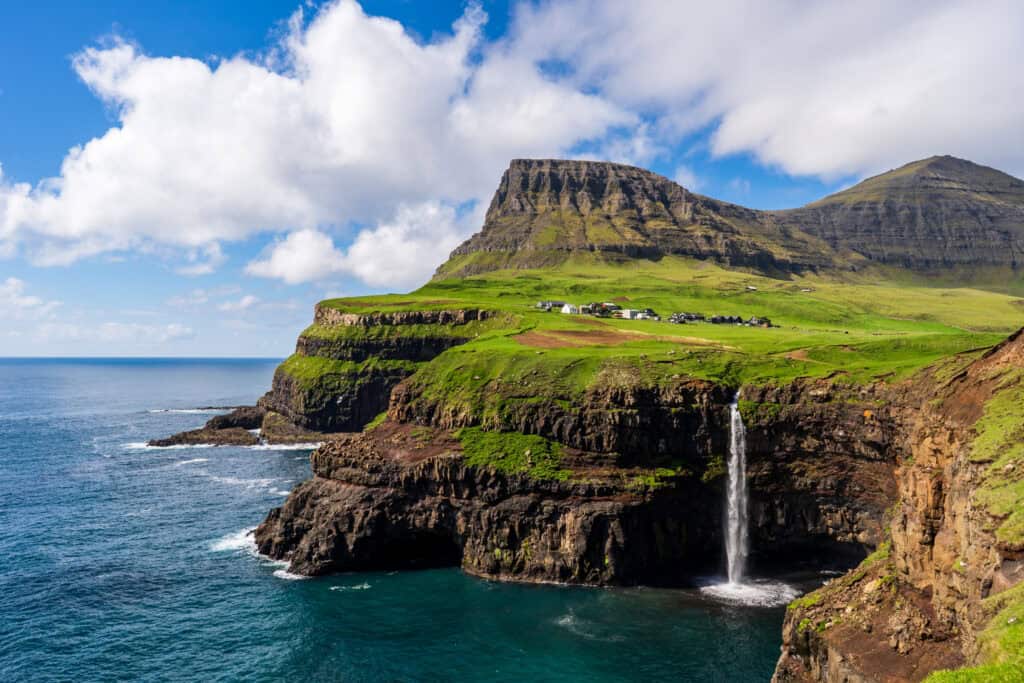
The Faroes coined “Closed for Maintenance, Open for Voluntourism,” inviting helpers to repair paths, wayfinders, and bird cliffs each spring. Landowners, hikers, and guides decide routes together, and fragile turf fences off during nesting. Weather calls the shots; plans flex without drama. Village stays and small ferries distribute nights, keeping Tórshavn from swallowing the story. When summer lands clear and bright, the infrastructure already fits the landscape, not the other way around.
Iceland
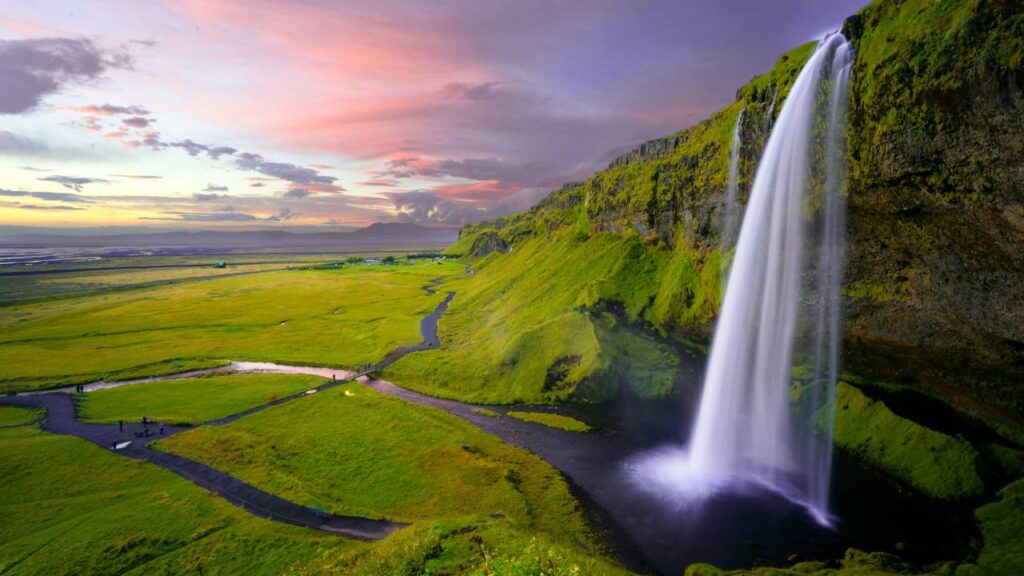
An Icelandic Pledge turns courtesy into action: stay on paths, leave moss intact, and park where roads allow. Rangers staff hotspots, winter closures prevent ruts, and geothermal pools manage numbers with timed entries. Small museums interpret sagas and sheep stations so farms remain lived-in, not staged. The country learned from early surges; today, signage, shuttles, and caps keep waterfalls wild to the eye and calmer underfoot. The payoff is silence restored to big horizons.
Kerala, India
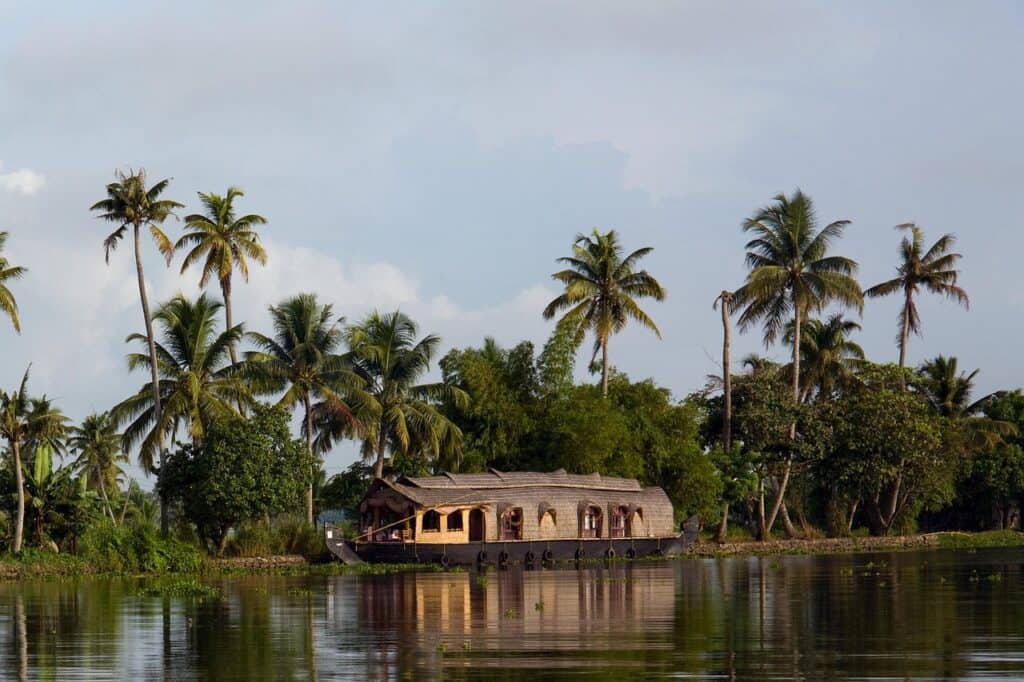
Kerala’s Responsible Tourism Mission connects travelers to co-ops, homestays, and village lunches cooked by neighborhood teams. Backwater rules steer boat speeds, treat wastewater, and protect canals lined with toddy palms and ducks. Craftspeople set rates openly, women-led units run kitchens, and farm visits fund seed banks rather than souvenir lanes. The hospitality feels domestic and assured. Money circulates in short loops, preserving paddy fields, recipes, and pride in tidy, shaded lanes.
Botswana
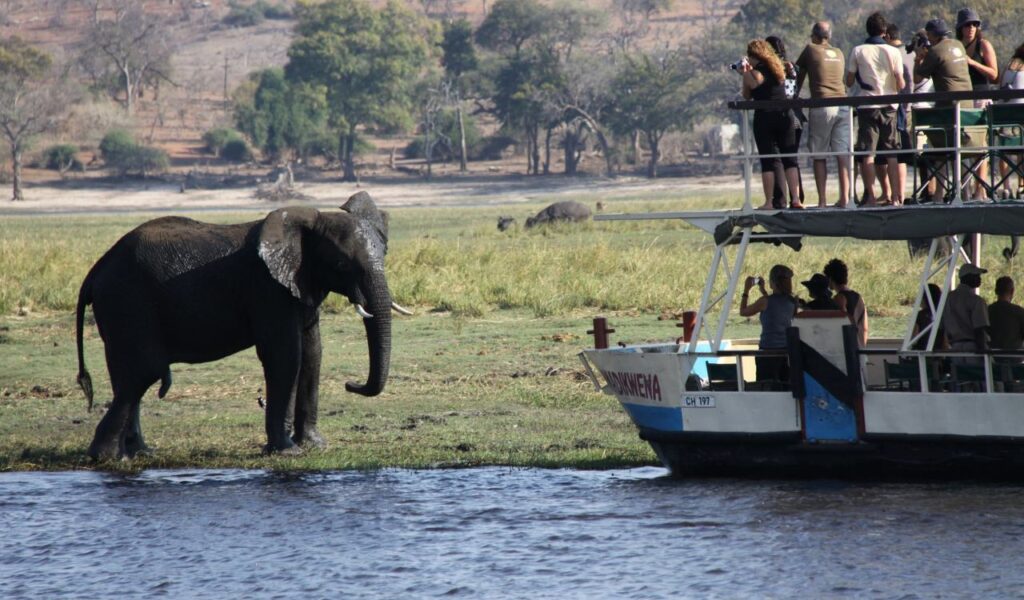
Botswana favors low-volume, high-value safaris that keep wildlife stress low and footprints smaller. Community trusts lease concessions, rangers tag alongside researchers, and mobile camps lift without scars when floodplains shift. Helicopter time gets traded for mokoro drifts, and night drives follow rules that treat darkness like habitat, not theater. The model keeps big herds moving and local schools funded. Conservation lives in salaries, science, and a ledger that balances land before rooms.
Galápagos, Ecuador
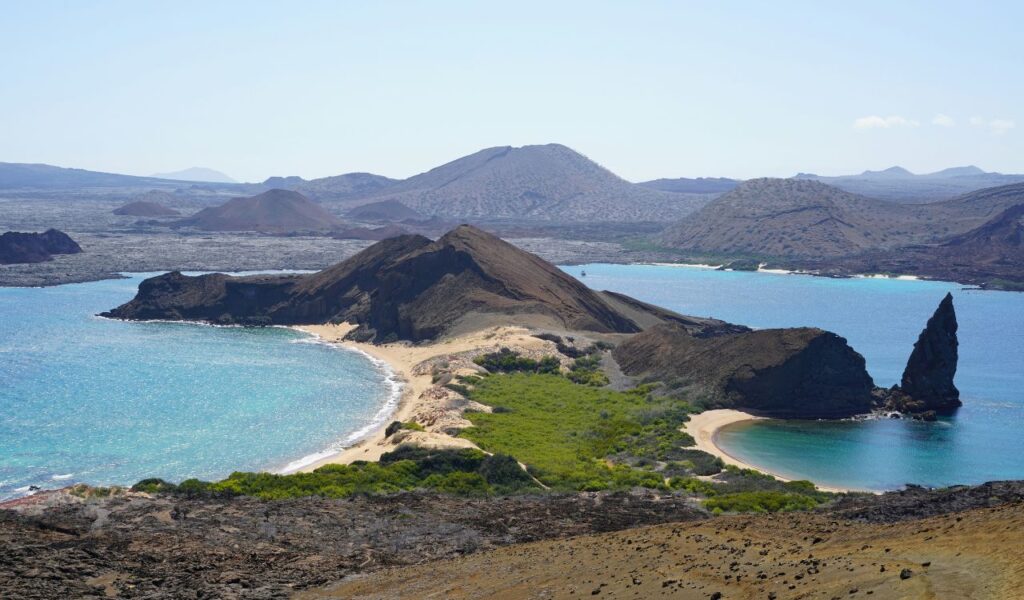
Strict quotas, naturalist guides, and zoned landing sites define every visit. Boats follow set circuits to spread pressure, biosecurity checks clean shoes and bags, and meal prep uses island-sourced produce where possible. Sea lions nap on benches because boundaries work both ways. Fees underwrite science and wardens, while community programs help residents run shops and guesthouses that fit the rules. The archipelago remains itself: evolutionary classroom, volcanic stage, and proof that limits protect wonder.